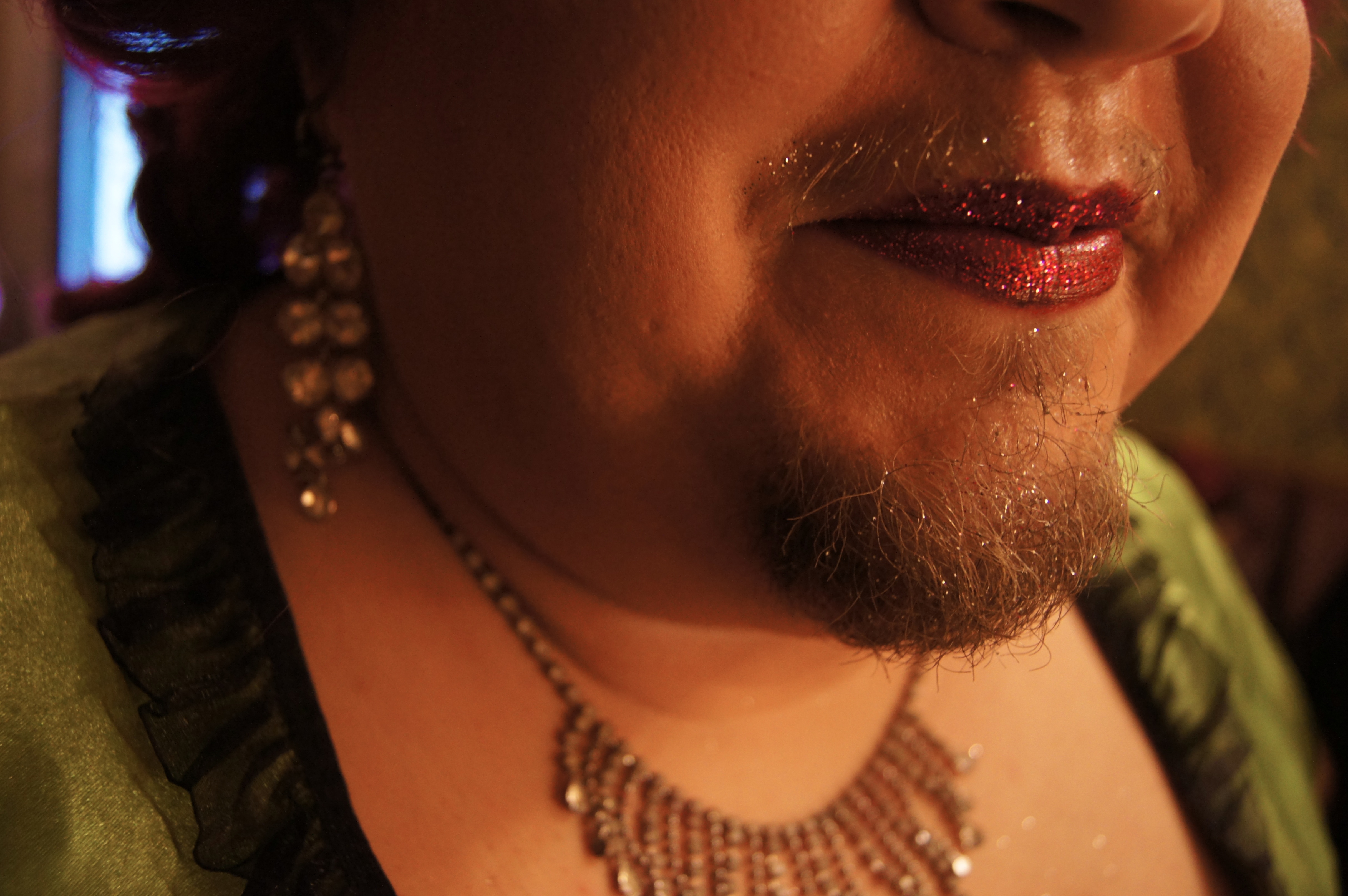When Dita von Teese was asked if burlesque is just a fancy word for stripper, she replied, candidly, yes.
Often touted as the mother of a movement that has been lauded by fourth wave feminism as ‘liberating’ and ‘empowering’ for women, for von Teese to equate burlesque with stripping flies in the face of many of her female fans’ pro-burlesque arguments.
Burlesque is, for feminism, a controversial issue. Feminists of the anti-porn persuasion might argue that taking your clothes off in public means you are buying into the illusion that women only gain power through the lens of male objectification. Sex positive feminists might counter that by taking control of the ‘male gaze’ the burlesque performer is cultivating her* own subjectivity. As she determines what sexual image she presents, she is the agent. The latter is the viewpoint of a fourth-wave feminist audience who are eager to claim that burlesque is anything but stripping.
My own view of burlesque is a bit more ambivalent. I don’t think burlesque is inherently feminist or inherently sexist. I have been to well-known burlesque clubs in London (the European one) and Berlin, where i failed to find much that is feminist in the performance. On the other hand, seeing performers with various body shapes and genders create performances around fraught subjects such as fat, eating and the politics of hair removal, I found their burlesque intellectually stimulating and 100% bona fide feminist.
Personally, I’ve found that the difference between a conventional strip and a feminist performance often lies in the appearance of the unexpected. As an audience member, I often find myself wondering if the performer is reproducing stereotypes of femininity, or exploring gender and making me see it in new, unpredictable, ways.
Another ingredient that can turn sexist assumptions on their head is the appearance of the performer. If she has a non-normative body or chooses to present it in a non-normative way, this can challenge the expectations of the audience and thereby convey a thought- provoking message. Performers with bodies that are culturally scapegoated, such as fat people, trans* folk, or people of colour can use these to present a new glimpse of what sexy can be. Performers with culturally “normative” bodies can present them in an unusual way (by strapping on a dildo, for instance) and thereby challenge our notions of gender, sexuality and a “woman’s place.”
It would, of course, take a PhD level of inquiry to explore the distinction between burlesque and stripping satisfactorily, and I just don’t have space to do that in 1500 words or less. However, it is safe to say that burlesque goes beyond a purely titillating performance when it is naughty in other ways. The radical nature of this burlesque lies in its cheeky challenge to sexist norms.
Now, if you’re a really radical feminist, you might be wondering “What’s so wrong with stripping, anyhow?” My, and most people’s, use of the word stripping implies a moral judgement. Stripping is for stupid women and those who don’t have any other choice. Stripping is a bad thing, a last resort.
For the purpose of the article (and perhaps because I am chicken), I haven’t been trying to make a moral distinction between burlesque and stripping. As Dita von Teese said, things are more messy than that, and where’s the fun in being PC anyway?
Many feminists’ desire to distance burlesque from stripping is symptomatic of the ideological messiness that von Teese argues is inherent to the medium. Not only is burlesque an art form, it also is stripping. Perhaps even the most radical feminists won’t be able to argue away the sexist conventions that are upheld even as they are parodied on the stage.

However there is a difference between burlesque and stripping. If for nothing else, the difference between the two can be boiled down to class. As my very wise partner said, burlesque is a privilege. And as I am very wisely going to elaborate, that means it is a choice. Every single burlesque performer I have met does it as a hobby. There may be a few well-paid professional burlesque dancers out there, but the majority do it purely for fun. I doubt anyone would perform in a strip club for free. Stripping is most definitely work, and burlesque is something only the privileged can afford to do.
As much as I would like to tie up the loose ends of this article in a neat little bow, I don’t have the recipe for what makes a burlesque performance feminist or not. As an amateur burlesque performer and a stringent feminist, I hate to hear that other feminists consider my performances inherently sexist. Although I agree that aspects of the burlesque tradition are sexist, I think these conventions can also be turned upside down to give the audience a new idea of what sexy can be. Burlesque, it seems, is hard to pin down.
*In this post, I sometimes refer to the burlesque dancer as “she.” I realize men, genderqueer and trans* folk can and do perform burlesque, but I have mainly chosen to address the sexist dynamics of burlesque in relation to its female, cisgendered performers.



